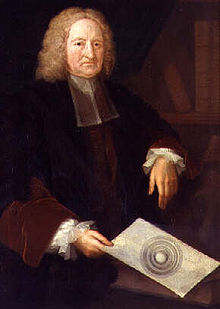Hollow Earth


The Hollow Earth is a concept proposing that the planet Earth is entirely hollow or contains a substantial inner space. Edmond Halley suggested this in the late 17th century. [1] [2] Pierre Bouguer tried to prove this idea false, in 1740. Charles Hutton could falsify the idea in his Schiehallion experiment around 1774.
It was still occasionally defended through the mid 19th century, notably by John Cleves Symmes Jr. and Jeremiah N. Reynolds, but by this time was part of popular pseudoscience and no longer a scientifically viable hypothesis.
The concept of a hollow Earth still recurs in folklore and as the premise for subterranean fiction, and a subgenre of adventure fiction (Journey to the Center of the Earth, At the Earth's Core).
Hollow Earth is also used in Godzilla vs. Kong as a major plot point.
References[change | change source]
- ↑ Simon, Matt (2014-07-02). "Fantastically Wrong: The Legendary Scientist Who Swore Our Planet Is Hollow". Wired. ISSN 1059-1028. Retrieved 2020-08-07.
- ↑ Storr, Will (2014-07-13). "Hollow Earth conspiracy theories: the hole truth". The Daily Telegraph. ISSN 0307-1235. Retrieved 2020-08-07.
